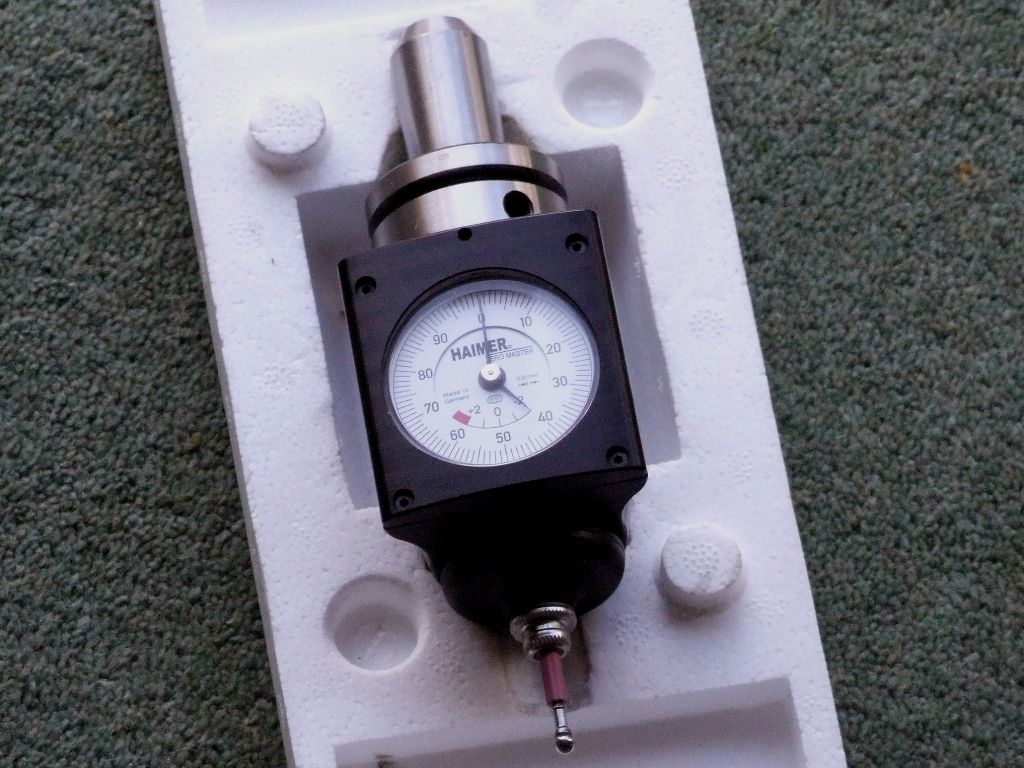Brian
I had an imperial edge finder with a fixed probe and which used a 12-volt battery and filament bulb. As happens with these things, a heavy over-run led to concerns about accuracy. I then searched the market for an edge finder with a ball-end which could be displaced and then return to position in the case of an over-run. They were certainly available at the time, but with body diameters of either 20mm or 32mm they were far too large for my use.
So, I started to develop my own with a ball ended probe, initially using a 12-volt battery and a filament bulb. Although it worked, I soon became frustrated with the poor response and short battery life.
The next stage was to move to using an LED with a flat cell battery, and I’ve found it very responsive in use with good repeatability.
The design has a 1/2” diameter body and a 1/4” diameter ball, although the ball diameter can be changed within reason if you can find a ball of the correct diameter.
I have written it up as an article, complete with detailed drawings and Neil has it in the queue for publication in MEW, so if you can afford to wait for a while then making your own could be an option.
Martin
The edge finder works by completing an electrical circuit when the probe touches the workpiece. That circuit goes from the probe, through the workpiece and machine back to the probe, and as long as everything in the circuit is electrically conductive then the edge finder lights up.
Cornish Jack.






